CUSTOM POSM PRINTING SOLUTIONS (POSM)
Boost Your Brand Visibility with Kuan Press Malaysia
Enhance your marketing with Kuan Press Sdn Bhd’s expert POSM (Point of Sale Materials) printing services. From custom packaging boxes to attention-grabbing displays, we offer a range of high-quality materials to showcase your brand. Our global printing solutions, based in Selangor, serve clients across Malaysia, Singapore, and the United Kingdom. Trust Kuan Press for professional packaging box printing and innovative POSM displays.
Top Products For Point of Sales Materials (POSM)
Our Best POSM products and design

Shelf Wobbler Printing
Shelf wobblers are eye-catching signs that gently wobble in the air, drawing shoppers’ attention to your product on the shelf.
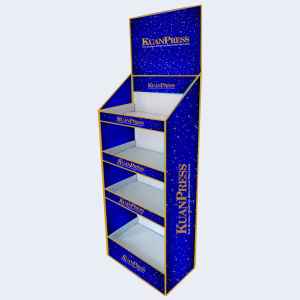
Display Standee Printing
Display standee or product standee is a large, freestanding figure designed to attract attention and promote products or brands effectively in high-traffic areas.
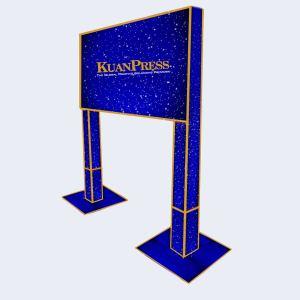
Pavillion Printing
Pavilion is a compact, vibrant stand that showcases products with engaging graphics and text, creating an interactive and visually appealing experience.
Other POSM Products
Explore our range of POSM products and designs.
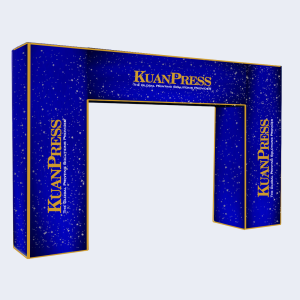
Arch Display Printing
Arch displays are eye-catching entryways or focal points with curved frames that feature vibrant graphics to catch people’s attention and highlight your products or brand.
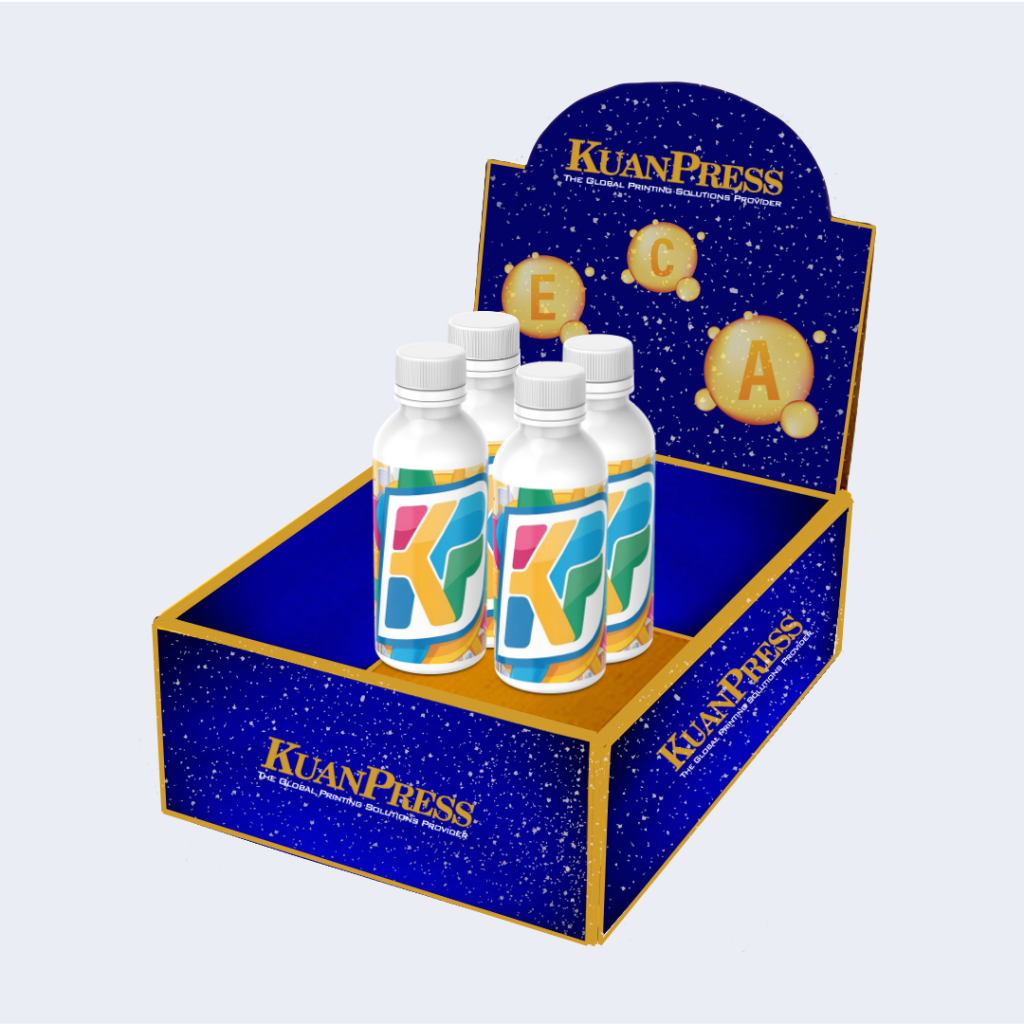
Countertalk Printing
Countertop displays are mini billboards, perfect for showcasing smaller items and encouraging impulse buys at the point of sale.
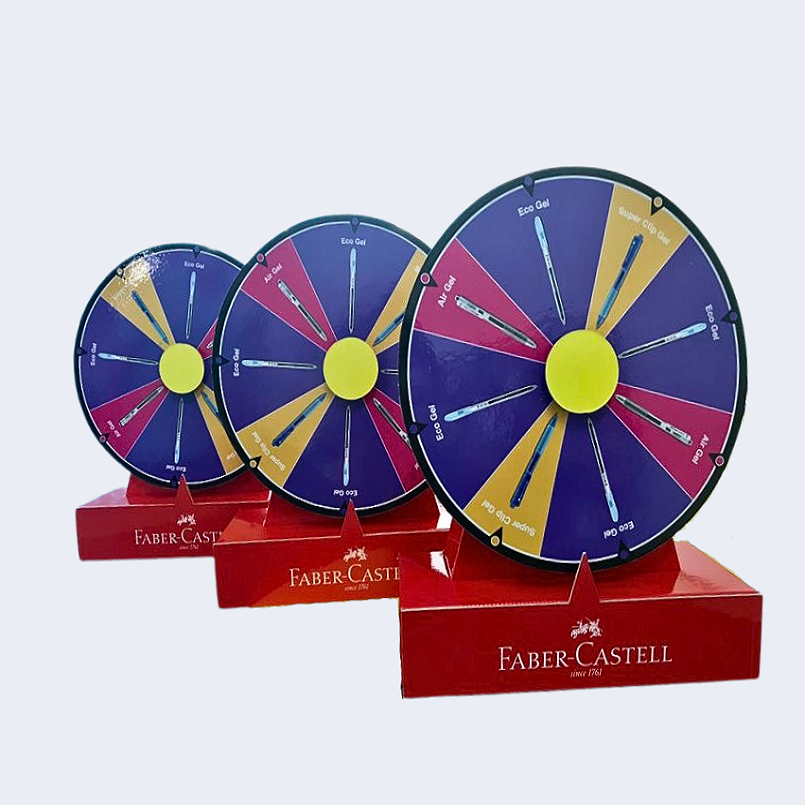
Fortune Wheel Stand Printing
Fortune wheel stands engage customers with interactive, spinning wheels that offer discounts or prizes, luring them to make immediate purchases.
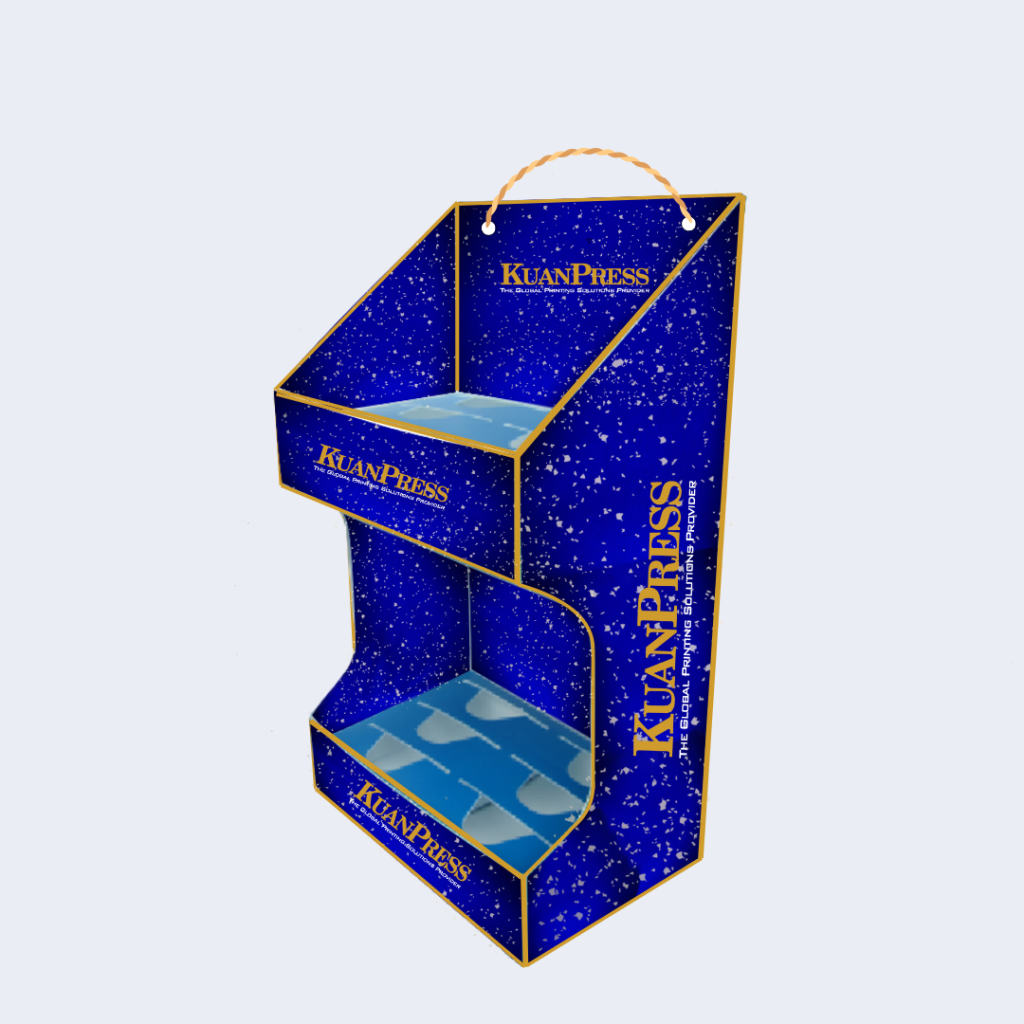
General Hangsell Display Printing
Hangsell displays are like eye-catching mini billboards that dangle from retail shelves or hooks, which showcases products.
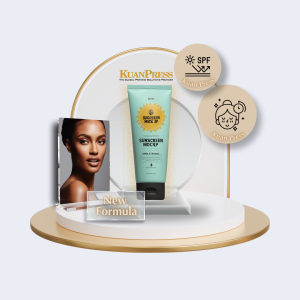
Product Glorifier Printing
Product glorifiers are strategically placed stands that elevate your product, showcasing its features and benefits in a visually striking way.
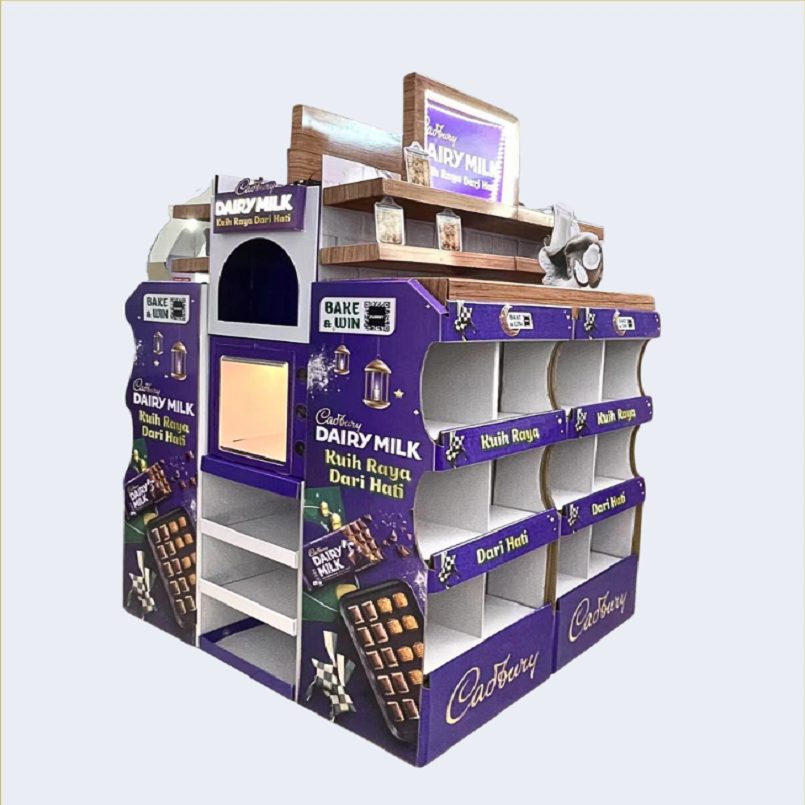
Mega Display Printing
Mega displays are large, attention-grabbing structures with vibrant visuals and interactive elements, transforming retail spaces into product showcases.
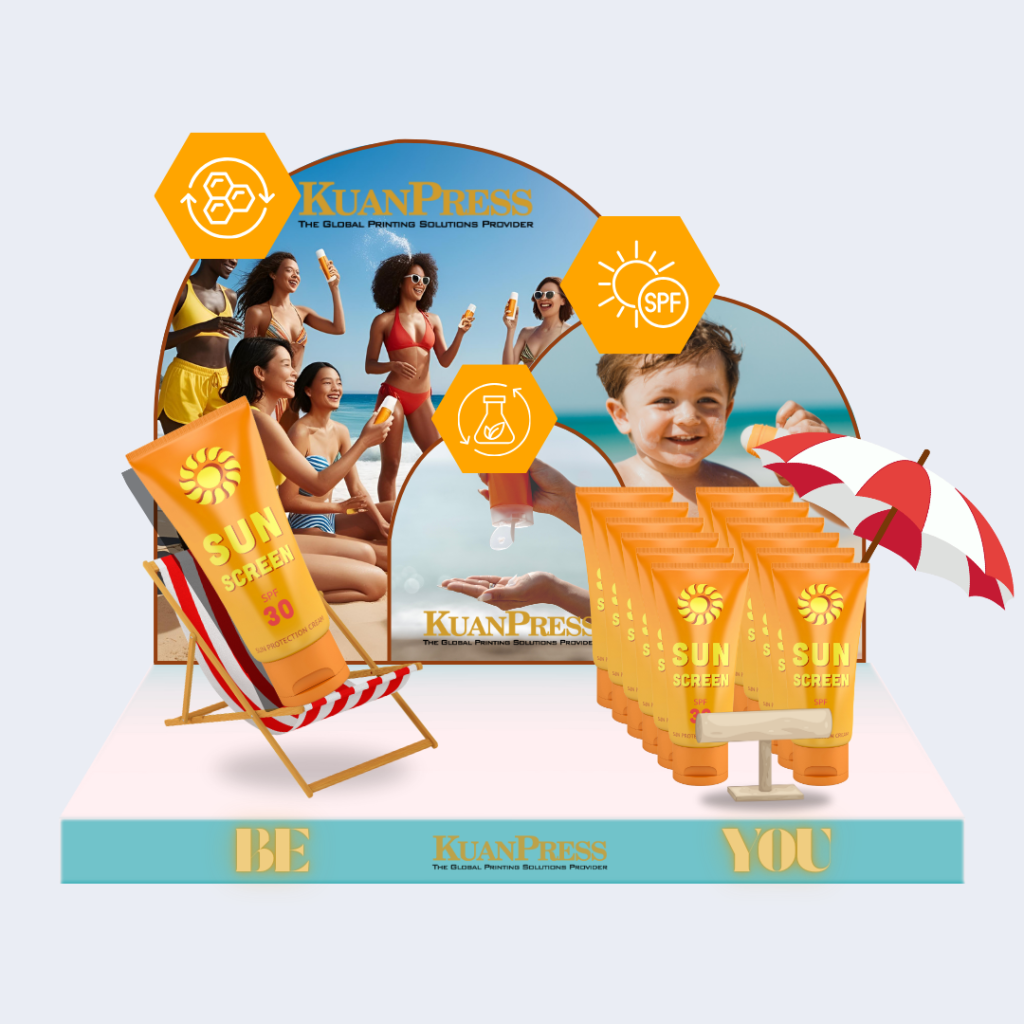
Promotetalk Printing
A promotetalk is a compact, engaging display that lets customers participate in fun, interactive display while learning about the product.
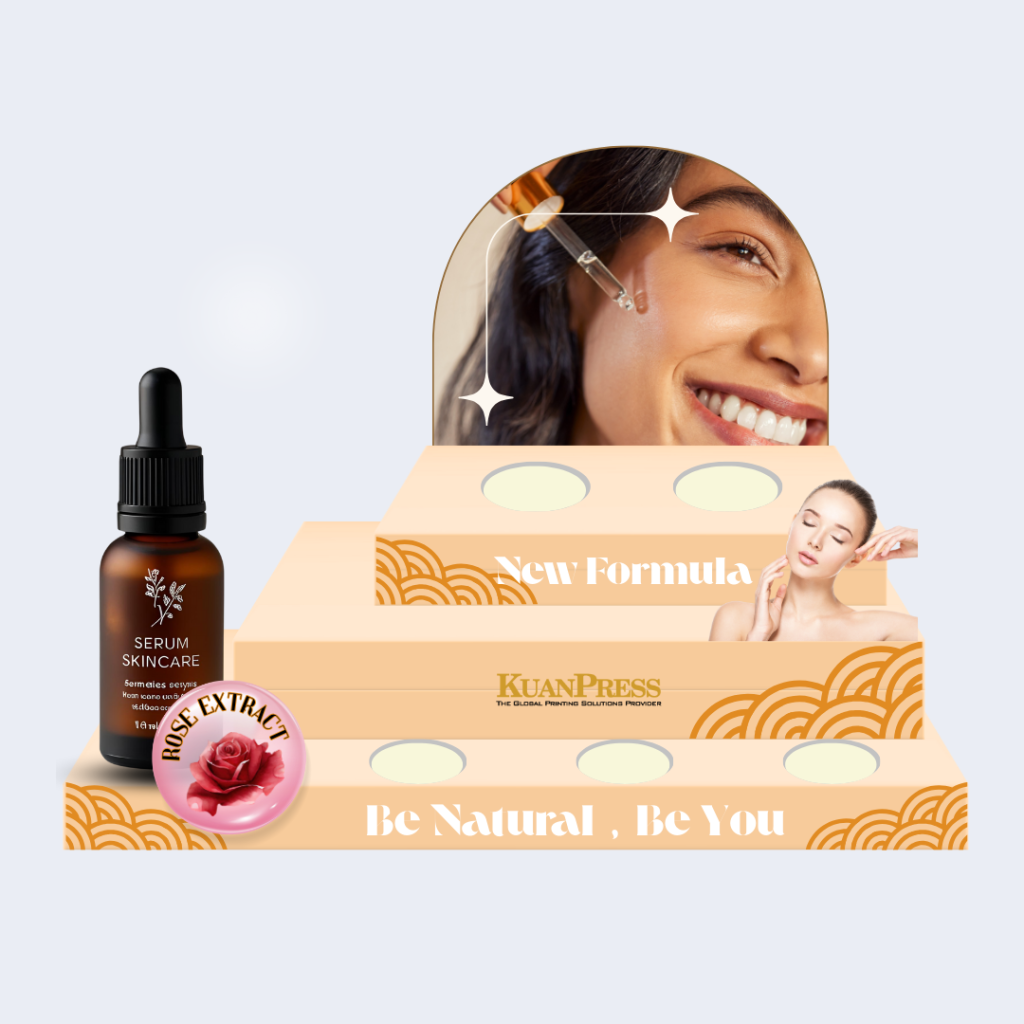
Trade Show Display Printing
Trade show displays are designed to attract attention, generate leads, and tell your brand’s story, ensuring a memorable and successful event.
Key Benefits for Our POSM Printing

Variety of POSM Solutions
From impactful arch displays to eye-catching hangsell displays, we offer a wide range of POSM materials to elevate your brand’s visibility.

Engaging POSM Designs
Our POSM materials combine vibrant colors and textures to create visually striking displays that captivate and engage your audience. We craft POSM experiences that go beyond mere information, they speak in the language of color, texture, and surprises.

Customizable POSM Printing
Ditch the cookie-cutter designs and use our customizable POSM printing option to create unique POSM displays and designs that showcase your brand.
Custom POSM Specifications
POSM MATERIAL TYPE
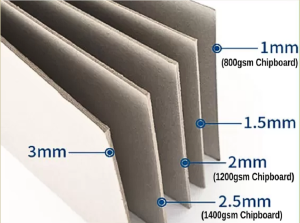
CHIPBOARD BOX
- 800gsm Chipboard
- 1200gsm Chipboard
- 1400gsm Chipboard

FLUTE
- A Flute
- C Flute
- B Flute
- E Flute
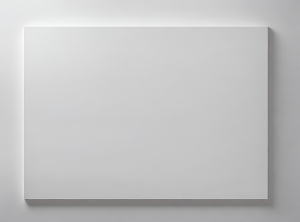
FOAM BOARD
FAQ for POSM Printing
How can POSM display helps with increasing sales?
By strategically placing Point-of-Sale Materials (POSM) like eye-catching banners, persuasive shelf talkers, businesses can influence purchase decisions at the point of sale. These materials convey information, highlight promotions, and create a visually appealing shopping experience, encouraging customers to make informed choices
What are the commonly used types of POSM materials?
| Product | Description |
|---|---|
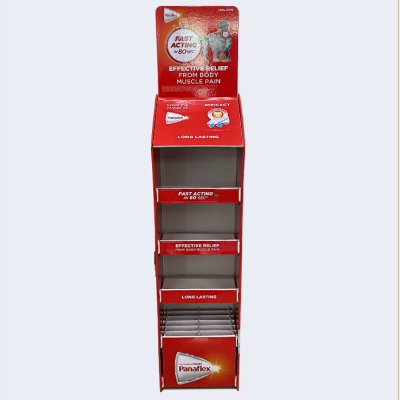 Standees | Standee displays are available in various shapes and sizes, catering to different locations and product types. They are placed strategically to engage customers and create a visual impact. |
 Shelf Talker | These are small signs attached to store shelves, providing information about a product, such as pricing, features, or promotions. They help draw attention to specific items. |
 Banner and Poster | Large, visually striking banners and posters are commonly used to promote products or special offers. They can be placed near the entrance or specific sections of a store. |
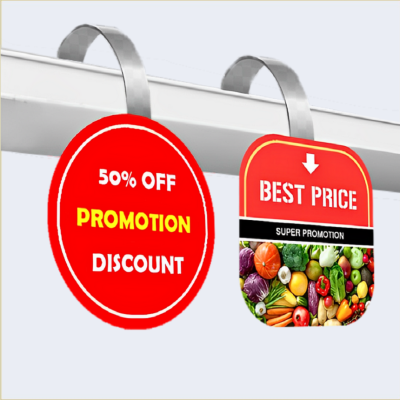 Wobbler | Wobblers are small, spring-mounted signs attached to store shelves. They move with air currents or customer movements, grabbing attention and conveying promotional messages. |
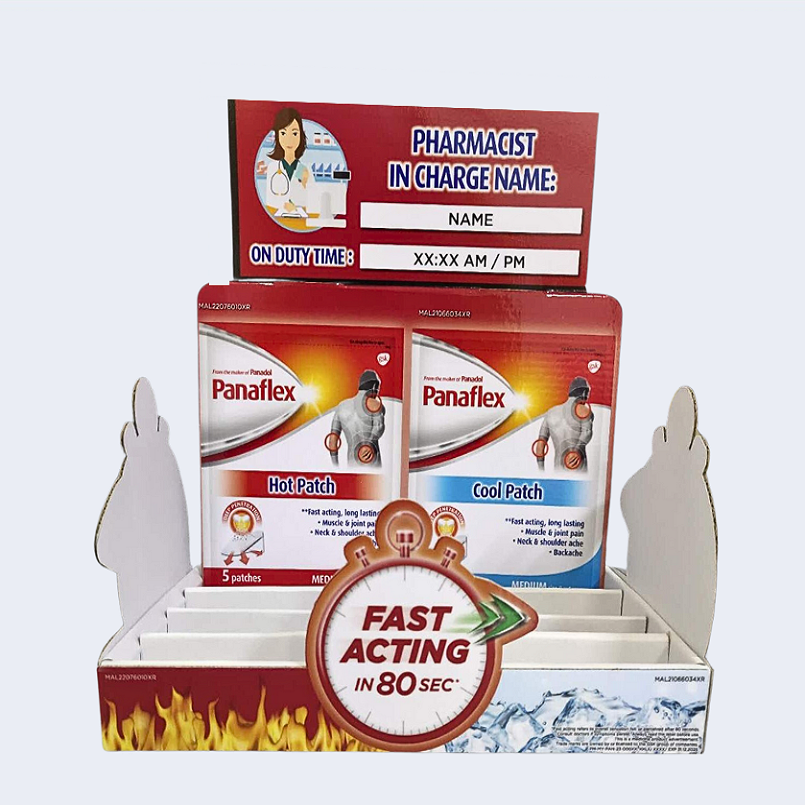 Counter Display | Strategically placed on store counters, these counter displays effectively highlight products and promotions, capture customers’ attention and influence purchasing decisions. |
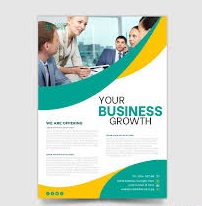 Brochure | Printed materials like brochures and leaflets provide additional information about products, promotions, or upcoming events. They are often placed at checkout counters or store entrances. |
What are the most common materials used for POSM printing?
The choice of material depends on the specific POSM application, the desired visual impact, and the intended duration of use. Each material has its own set of characteristics, making it suitable for different purposes within the point of sale environment.
The most common materials used in POSM products are:
- Paper
Standard paper is widely used for printing materials like posters, banners, and brochures. It offers a cost-effective option and is suitable for various POSM applications.
- Cardboard
Cardboard is a sturdy material used for displays, standees, and counter displays. It provides durability and structural support for three-dimensional POSM elements.
- Vinyl
Vinyl is a versatile material suitable for banners, floor graphics, and window displays. It is weather-resistant and offers vibrant printing results.
- Plastic
Plastic materials are commonly used for items like wobblers, shelf talkers, and hanging mobiles. They come in various forms, including PVC, PET, or acrylic, offering flexibility and durability.
- Foam Board
Foam board is a lightweight yet rigid material suitable for indoor displays and signage. It provides a smooth surface for high-quality printing.
- Corrugated Board
Corrugated board is commonly used for temporary displays and packaging. It provides a cost-effective and lightweight solution.
Which printing method is the best for my POSM products?
There are a few printing methods available, each with their own sets of Pros and Cons. Understanding these printing methods and their applications helps in choosing the right approach based on the specific requirements of POSM projects.
- Offset Printing
Offset printing, a versatile traditional method, transfers ink from a plate to a rubber blanket, and then onto the printing surface. This method is commonly employed for large promotional banners and posters, providing vibrant and detailed displays.
Pros: ● High-quality and detailed prints. ● Cost-effective for large quantities. ● Wide range of color options. | Cons: ● Longer setup time. ● Higher initial costs for smaller runs. ● Limited flexibility for quick changes. |
- Digital Printing
Digital printing is a flexible method that directly transfers digital files onto various materials. It is particularly useful for efficient and customized short-run promotional materials, such as shelf talkers and small posters, offering quick turnaround times.
Pros: ● Ideal for short print runs. ● Quick turnaround times. ● Cost-effective for variable data. |
Cons: ● Higher cost per unit for large runs. ● Limited material choices compared to offset. ● Quality may vary based on the printing method. |
- Inkjet Printing
Inkjet printing utilizes droplets of ink sprayed onto the printing surface to create images or text. It’s commonly used for producing high-quality prints on various materials, from paper to fabrics, making it suitable for diverse applications such as signage, labels, and banners.
Pros: ● High-resolution prints with vibrant colors. ● Versatile for various materials. ● Cost-effective for small to medium runs. | Cons: ● Slower printing speeds. ● Less cost-effective for large-scale production. ● Ink costs can accumulate. |
